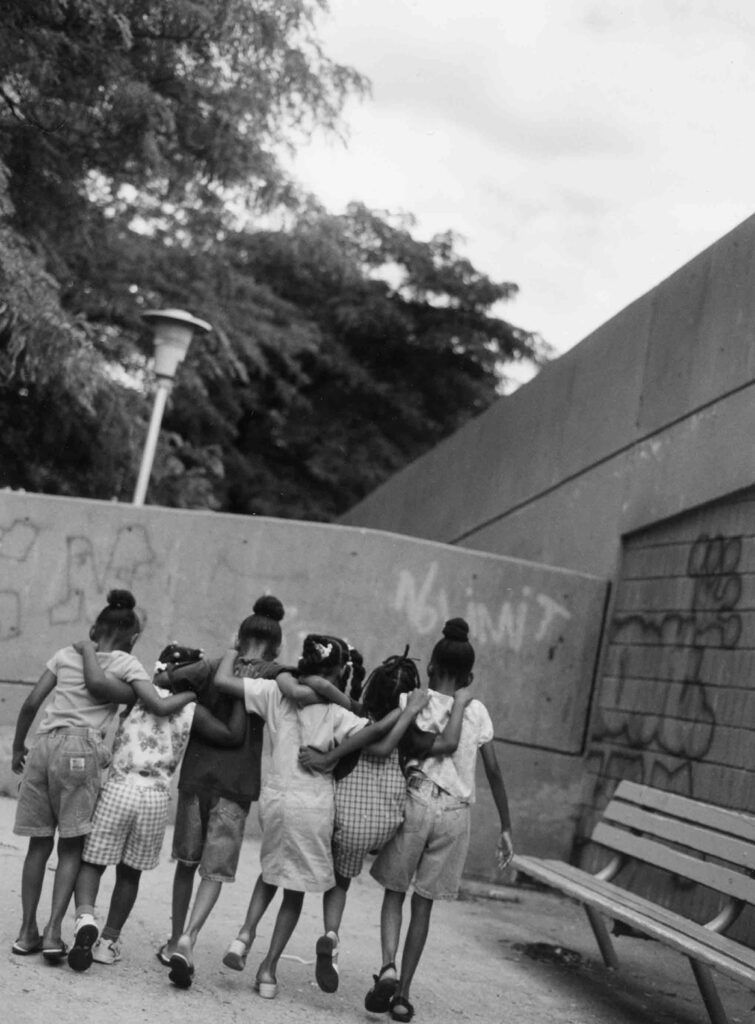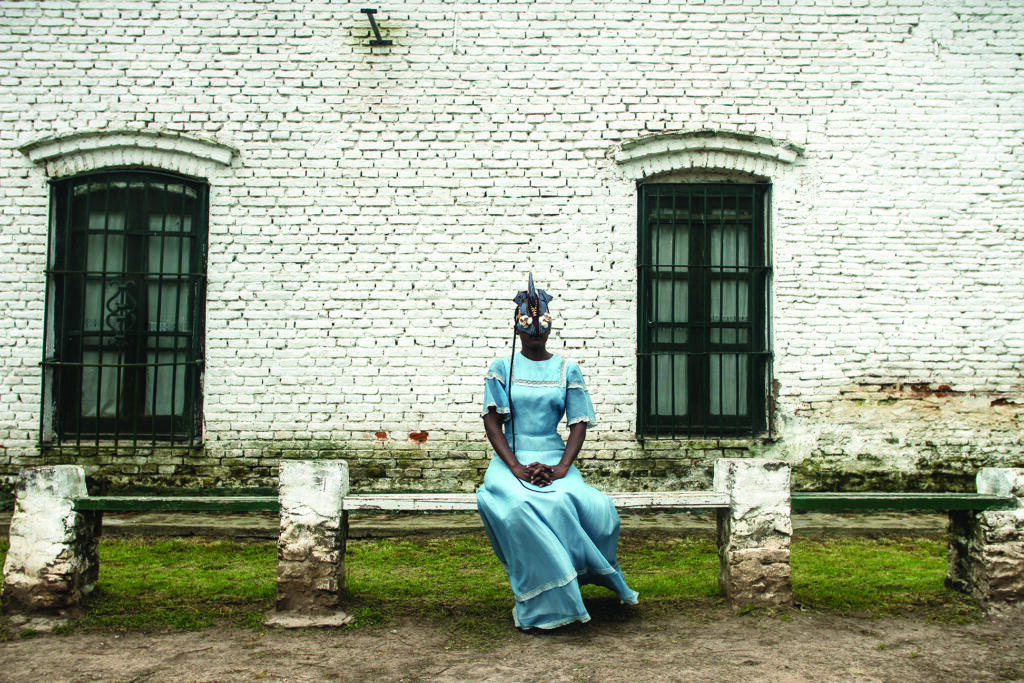
Memory is the Material, the Material is Memory.
Through the varied gestures of her intuitive interdisciplinary praxis, Adama Delphine Fawundu ruptures the boundaries of time, geography, and political economies. In her making, she parses meaning through collecting and combining. It requires trust—a sense of quietude and of connection, not just to one’s self but to the material, to history, to the world as it is, and a vision of what world may come. The works dance between textiles, organic matter, and still and moving photographic images. Often one cannot distinguish what is a scan of a piece of fabric from physical remnants of the artist’s body, hair, and heirloom textiles handmade by family members. Portions of her images and materials originate everywhere from far-flung locales including Bamako, Accra, and Mano in West Africa, to spaces in the Americas like Brooklyn, Buenos Aires, Havana, St. Helena’s Island, and wherever Spirit leads her. Something in her approach is similar to how one lives a life, paths constantly broadening, winding, changing. At its core, the process feels like wayfinding—for the artist herself and others in all realms—to something that transcends time and space, and perhaps what is understood through the laws of physics.
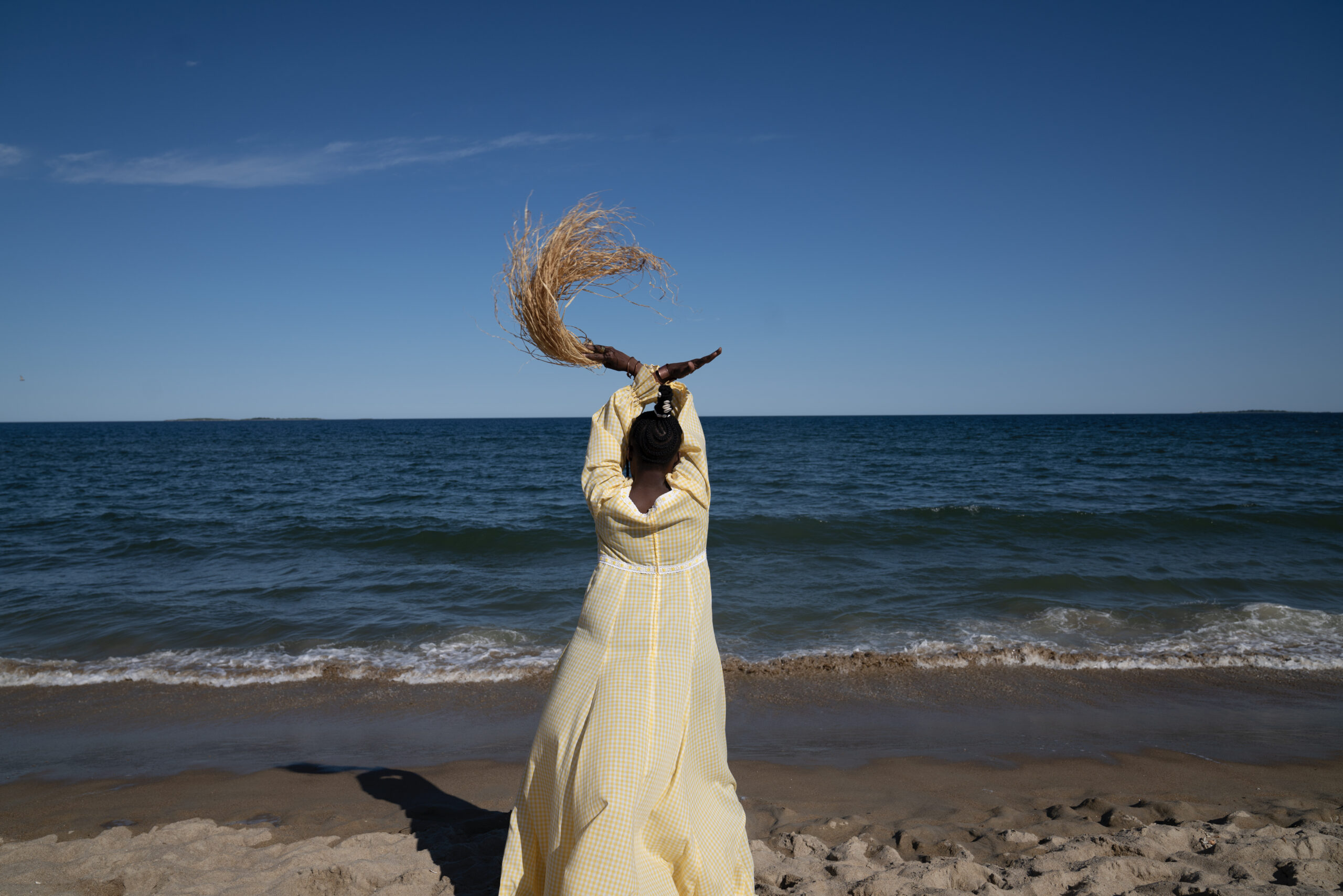
The centers of gravity in Fawundu’s practice are history, Black liberation and resistance, and Spirit. The work often feels intercessory, in alms to offer up new life. A marker of the undying nature of the resonance and force of Black culture and love in the face of history and centuries of imposed social death. The material is memory, memory is the material. Fawundu’s interventions are an act of solidarity and attend to what I call quantum replenishment. The works perform this replenishment by irrupting staid and unbalanced histories through her excavation, sampling, and bridging elements of seemingly disparate memories and narrative materials of the global Black Diasporic experience. As such, the artist does not see what she makes as art objects, but rather living things who ward the beholders and those whose stories are being told.
Paraphrasing from the poet June Jordan, Fawundu’s monumental sculptural acts “redeem possibility” for our ancestors and for us “rather than for the perpetrators of violence or oppression.” Thereby her art acts break silences that unmoor and unmake the hegemonic histories, methodologies and linearity present in almost every facet of the Western society, freeing ancestral energy trapped in the undertow.
In Summer of 2022, Fawundu was a resident at Indigo Arts Alliance. Her time in Maine was largely spent exploring sites linked to histories of liberation and resistance in Portland along the Freedom Trail and the islands of the Casco Bay. Among her areas of interest was Malaga Island, twenty miles up the coast from Portland. Formerly an interracial fishing village founded in the mid-19th century, it was violently displaced by the Maine government in 1912. The people from the community were targeted because their way of life bucked the racial and social norms of the time. Not only was the entire community uprooted, but their dead were disinterred and relocated. To call it a violence, a desecration, is not enough.
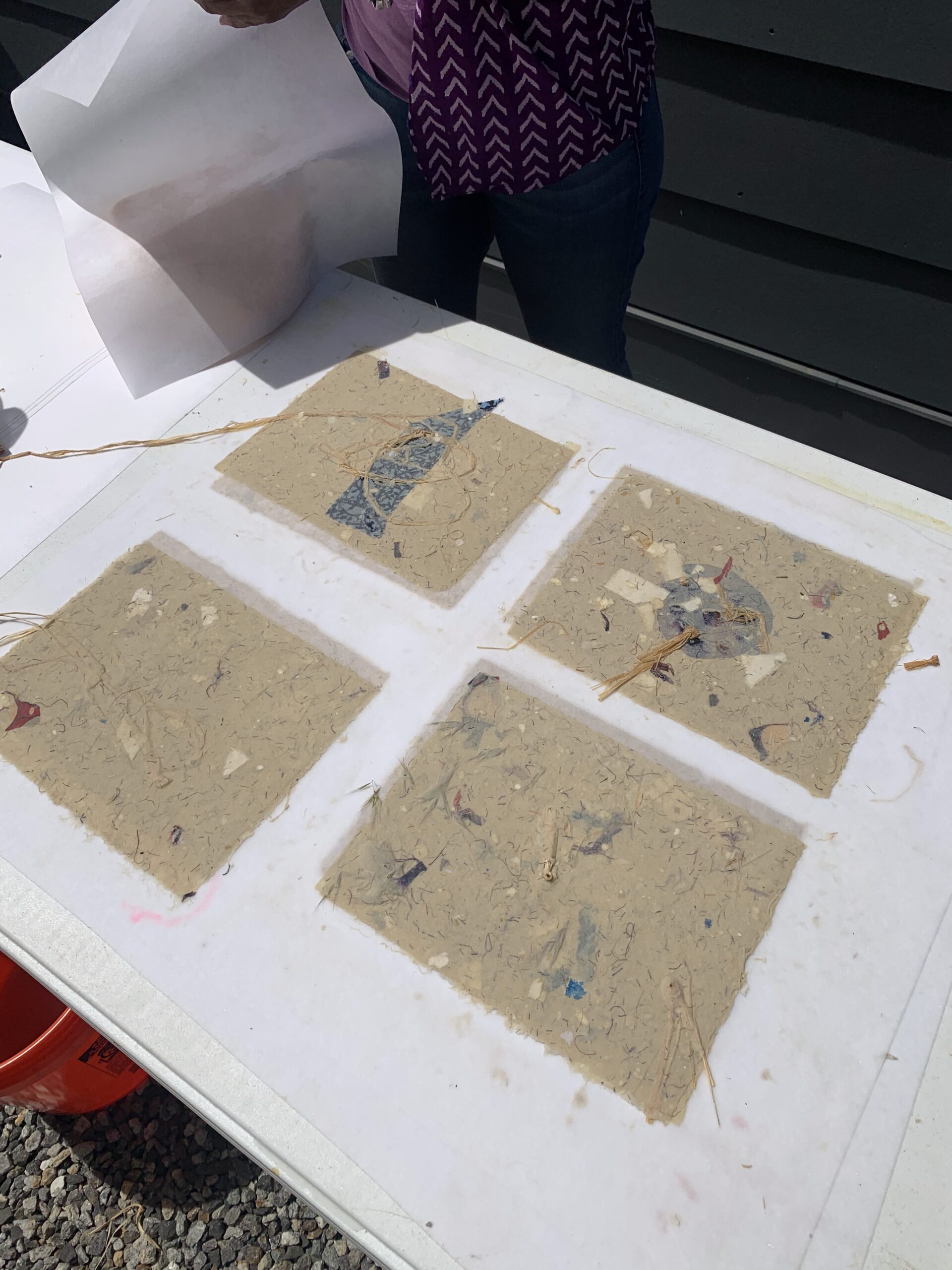
Like the other forms the artist has worked within, her approach to the paper allows Fawundu to engage with the atmospheric nature of the environment, while creating a substrate for however the energy wants to exercise itself. The paper works are as painterly as they are sculptural and have become integral to the artist’s overall methodology. The paper oeuvre, like her other work is, as Fred Moten calls in his essay “Black Optimism/Black Operation,” “a black op” for the people of Malaga and all those whose histories and memories have made their way in. Moten defines it as:
a specific, a capella instantiation of strain, of resistance to constraint and instrumentalization, of the propelling and constraining force of the refrain, that will allow me to get to a little something concerning the temporal paradox of, and the irruption of ecstatic temporality in, optimism, which is to say black optimism, which is to say blackness.
The paper works are another “instantiation…resistance…of instrumentalization,” as each new project and object is constantly informed by the last, and all the ones before, and the very histories of the land and the people who continue to strive for freedom and buck the wiles of subjugation.
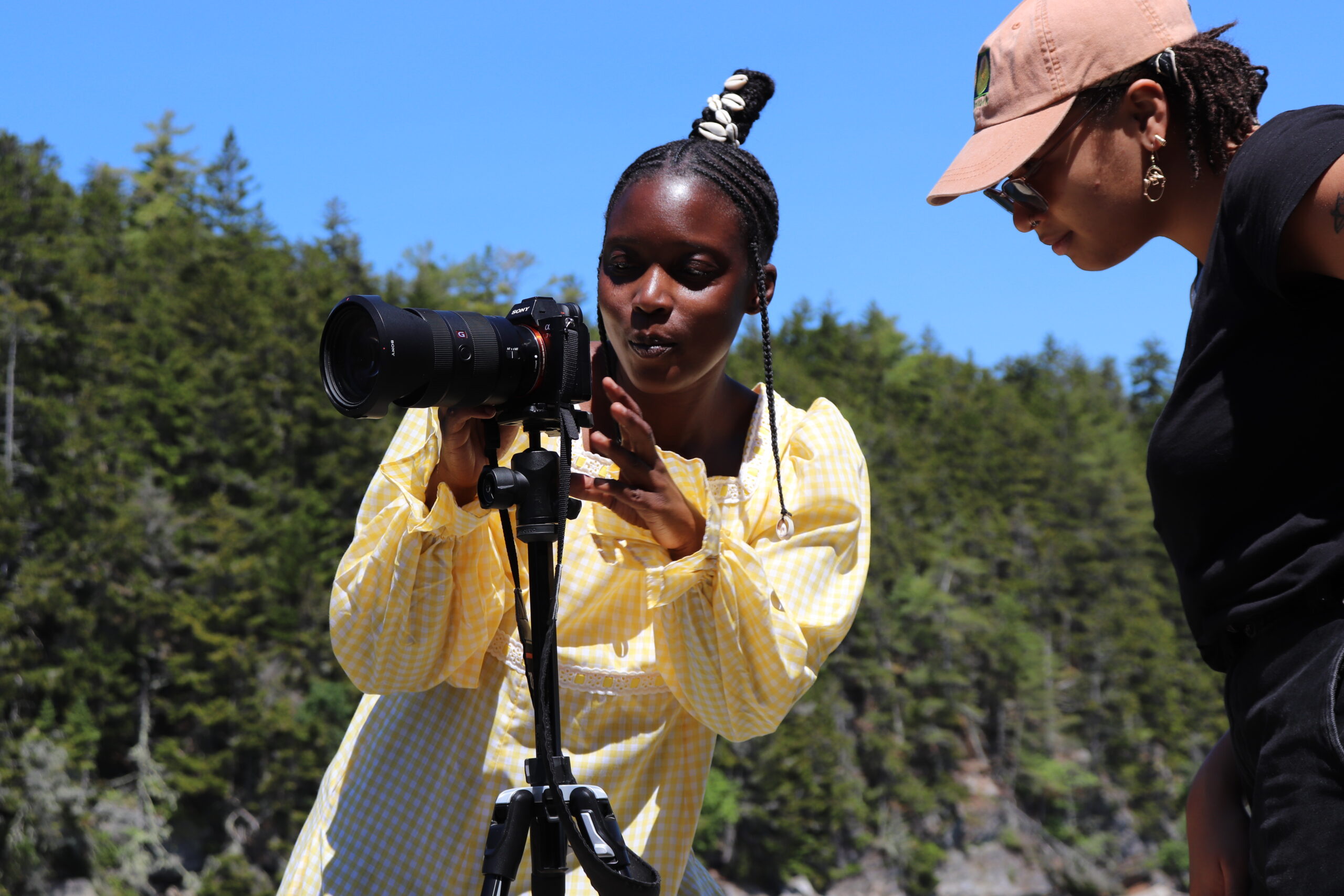
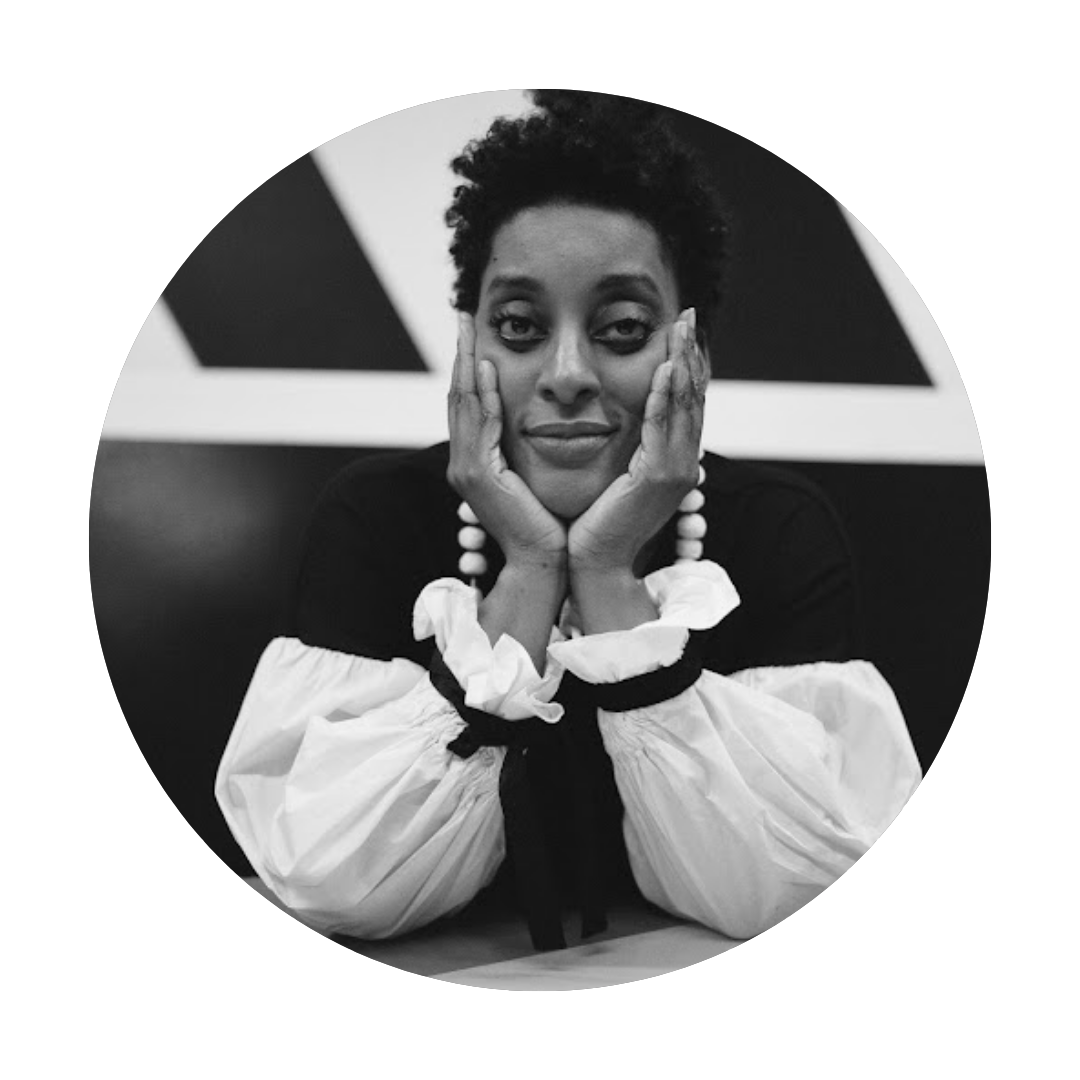
NIAMA SAFIA SANDY
Niama Safia Sandy is a New York-based cultural anthropologist, multidisciplinary artist, independent curator and exhibition-maker, organizer, and educator. Her artistic, curatorial, and pedagogical practices all hinge upon justice, activism, creating visibility, and dialogue by elucidating connections where most had not thought to make them. The lifeblood of Sandy’s work is about making art, history and ideas accessible, and collaborating with and caring for artists across many disciplines to offer audiences contemporary interventions that challenge, reconcile or reframe those histories toward something new and more equitable for all. She is deeply invested in multidisciplinary experiences because she believes breaking disciplinary and hierarchical boundaries allows us to connect with the animating spirit that spurs our work forward, and to expand our thinking about the manner in which things are connected.
Niama is a cofounder of several collaborative projects at the intersection of the arts and social justice: The Blacksmiths, a national coalition of artists, presenters and producers across disciplines creating and transforming opportunities for Black art & culture workers and THIS IS A MOVEMENT, an initiative building a more equitable, non-hierarchical, collaborative and imaginative music industry through an intersectional Black feminist lens.
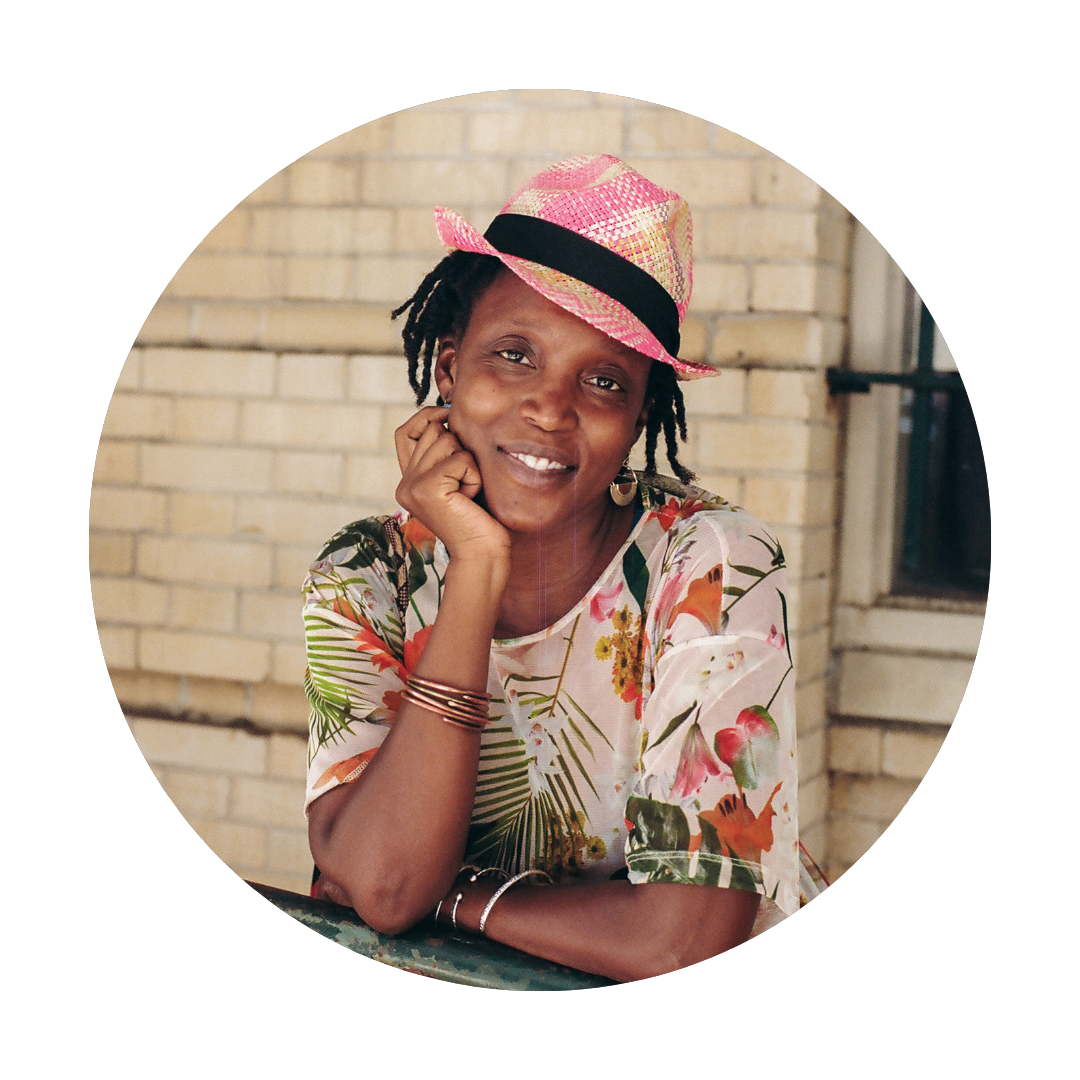
ADAMA DELPHINE FAWUNDU
Adama Delphine Fawundu is a photographer and visual artist born in Brooklyn of Mende and Bubi descent. Fawundu co-published the critically acclaimed book, MFON: Women Photographers of the African Diaspora. For decades, she has exhibited both nationally and internationally and is a 2022 Outwin Boochever Portrait Competition finalist. Her awards include, The Anonymous Was A Women Grant, New York Foundation for The Arts Photography Fellowship (2016) and the Rema Hort Mann Artist Grant (2018) amongst others. She was commissioned by the Park Avenue Armory to participate in the 100 Years|100 Women Project/The Women’s Suffrage NYC Centennial Consortium (2019-2021). Her works are in the permanent collections of the Brooklyn Museum of Art, Brooklyn, NY; Princeton University Museum, Princeton, NJ; Bryn Mawr College, Bryn Mawr, PA; The Petrucci Family Foundation of African American Art, Asbury, NJ; The Brooklyn Historical Society, Brooklyn, NY; Norton Museum of Art, Palm Springs, FL, The David C. Driskell Art Collection, College Park, MD; and number of private collections. She is an Assistant Professor of Visual Arts at Columbia University.
